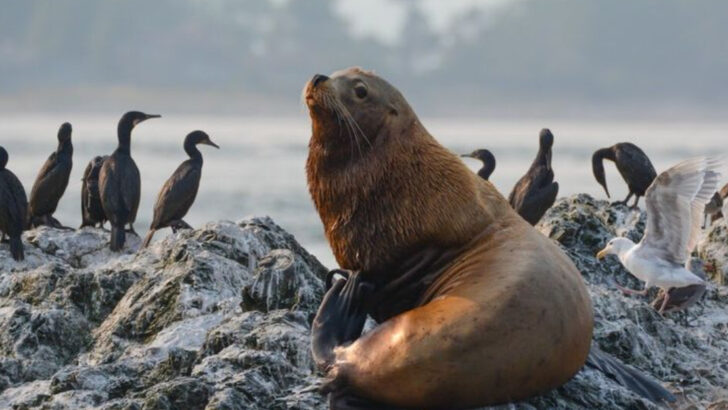If a dolphin swims up to you, don’t reach out. You could be breaking federal law. Across the U.S., there are animals you can’t touch—even if they touch you first. From manatees to eagles, these creatures are fiercely protected, and the rules are strict. One wrong move, and you’re looking at serious fines—or worse. Some are endangered. Some are massive. But all of them are off-limits to curious hands, no matter how friendly they seem. So before you pet that sea turtle or scoop up a baby raccoon, check this list. Because good intentions won’t save you from a wildlife violation.
Manatees
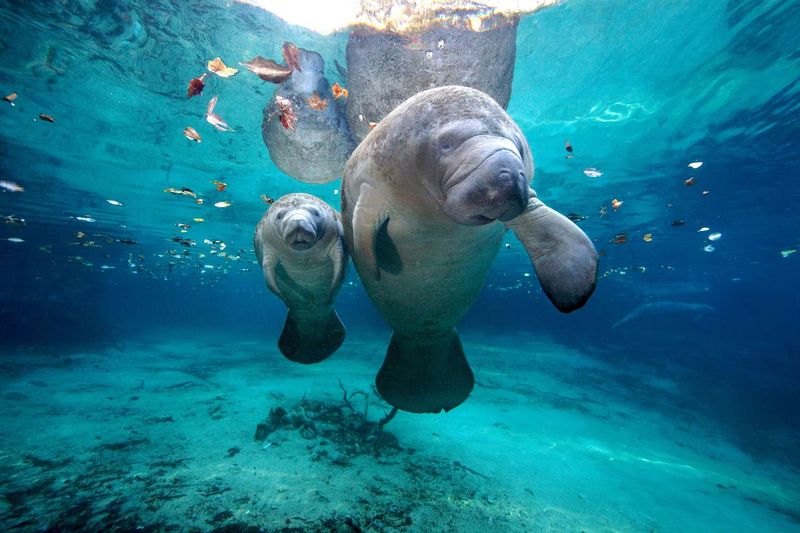
With their gentle movements and curious nature, manatees are often referred to as the ‘sea cows’ of the waterways. These gentle giants are federally protected under the Marine Mammal Protection Act, making it illegal to touch them. Violating this law can result in a misdemeanor charge, carrying penalties of up to 60 days in jail and a $500 fine. These protections are in place to ensure their survival, as human interaction can stress them and disrupt their natural behaviors. So, while their slow, graceful swimming may invite a closer look, it’s vital to appreciate them from a distance.
Sea Turtles
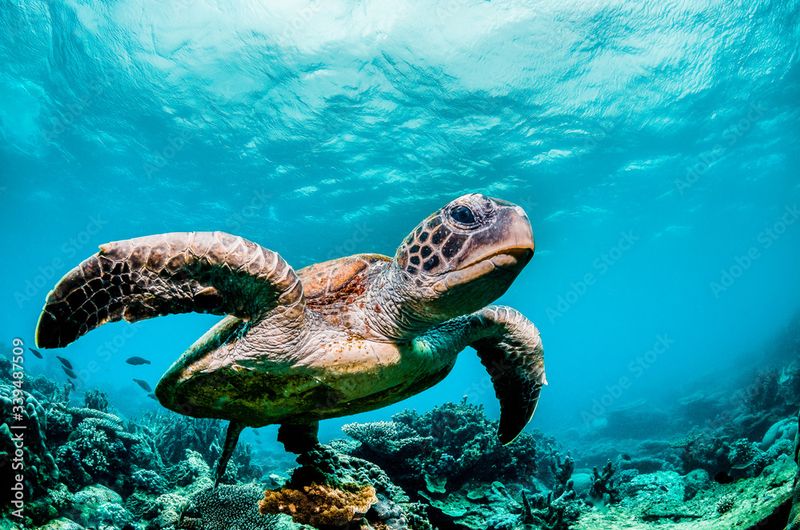
Sea turtles, with their distinctive shells and graceful flippers, are a beloved sight in coastal waters. However, these creatures are protected by federal law, and touching them can lead to severe penalties, including up to a year in jail and fines as high as $25,000. Their protected status is due to their vulnerable reproductive cycles and the threats they face from habitat loss and pollution. Observing these majestic animals from afar helps ensure their continued survival, allowing future generations to enjoy their presence.
Whales
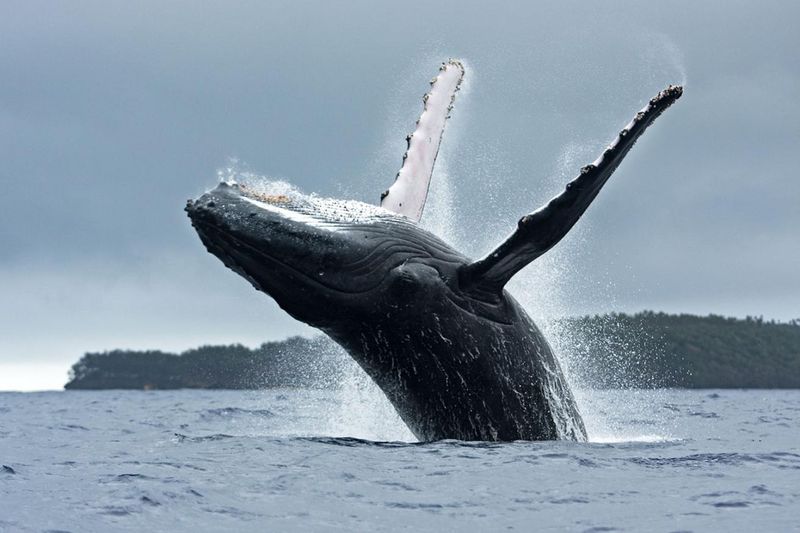
The sight of a whale breaching the ocean’s surface is truly breathtaking. These colossal marine mammals are protected under the Whaling Convention Act, which makes it illegal to touch, harass, or approach them. These measures are essential to prevent disturbances to their migratory patterns and breeding grounds. Additionally, getting too close can be dangerous due to their sheer size and power. By respecting these boundaries, we contribute to the conservation efforts that protect these incredible creatures.
Dolphins and Porpoises
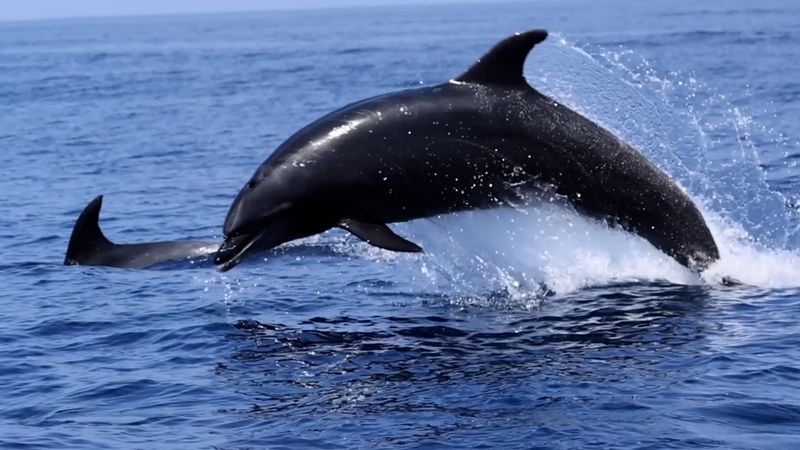
Few experiences are as exhilarating as spotting a dolphin or porpoise leaping through the waves. These intelligent mammals are protected under the Marine Mammal Protection Act, prohibiting any touching or feeding. Human interaction can interfere with their natural behaviors, making it crucial to admire them from a distance. Their playful antics and social nature are best appreciated in their natural habitat, free from human interference.
Seals and Sea Lions
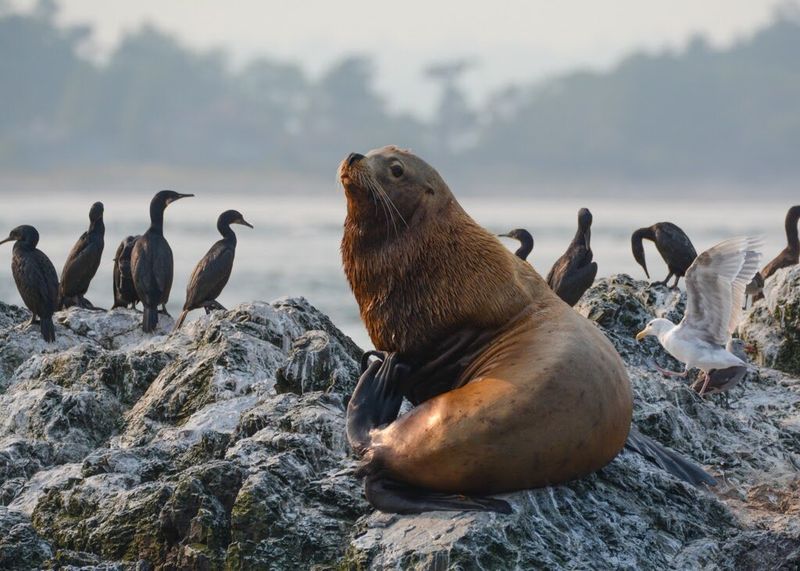
Seals and sea lions, with their endearing faces and playful behavior, often attract human curiosity. However, they are also protected under the Marine Mammal Protection Act. Approaching them can disrupt their rest and feeding habits, leading to potential harm. Observing these charismatic animals from a safe distance ensures their well-being and preserves the delicate balance of their marine ecosystems.
Otters
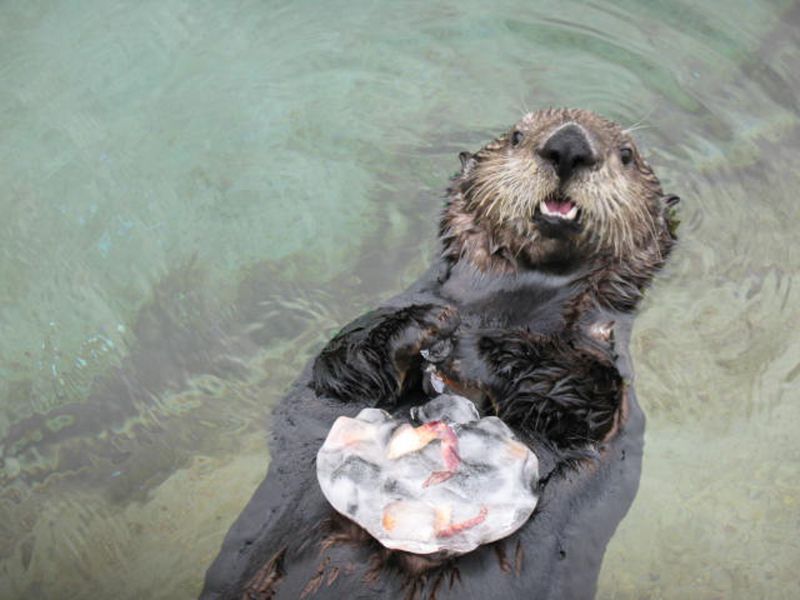
With their playful antics and expressive eyes, otters captivate the hearts of many. However, touching these charming creatures is illegal under NOAA guidelines. Human contact can disturb their natural behaviors and make them more vulnerable to predators. By respecting their space and observing them in their natural habitat, we play a vital role in preserving their populations and the ecosystems they inhabit.
Bald and Golden Eagles
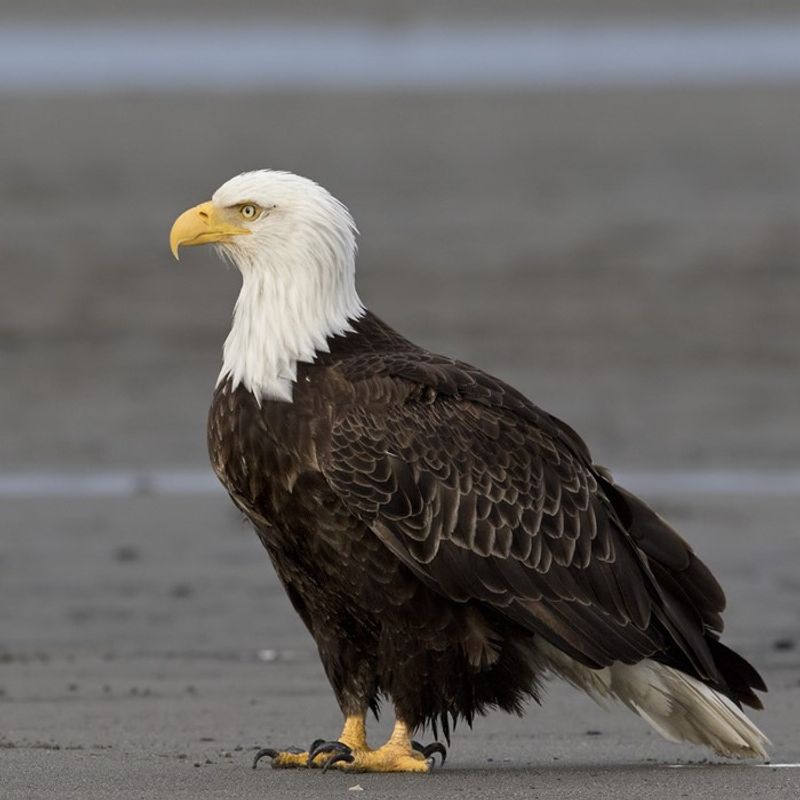
Bald and golden eagles are iconic symbols of freedom, grace, and power. These magnificent birds are fully protected under the Bald and Golden Eagle Protection Act, making even the possession of their feathers illegal. Harassing or disturbing them can result in significant fines and legal consequences. Protecting these birds ensures their survival and allows us to continue admiring their majesty from afar.
Migratory Birds
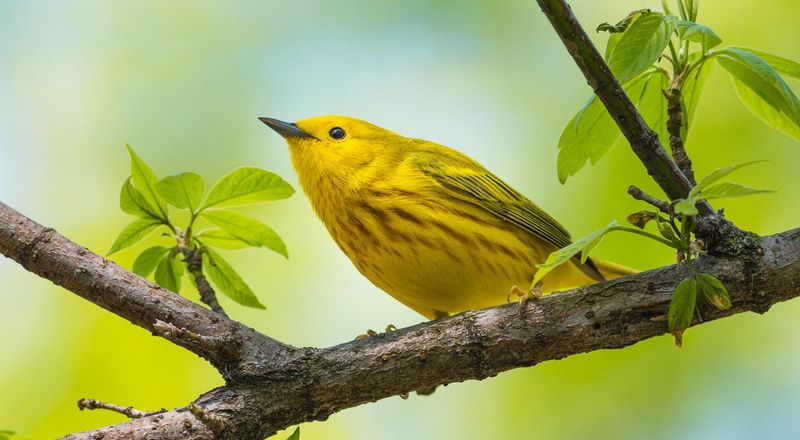
The annual journey of migratory birds is a marvel of nature. Many species, including songbirds and raptors, are protected under federal law. It’s illegal to harass or disturb them, as such actions can interfere with their migratory routes and breeding cycles. By providing safe habitats and respecting their space, we support their incredible journeys and the ecological roles they play.
Bats
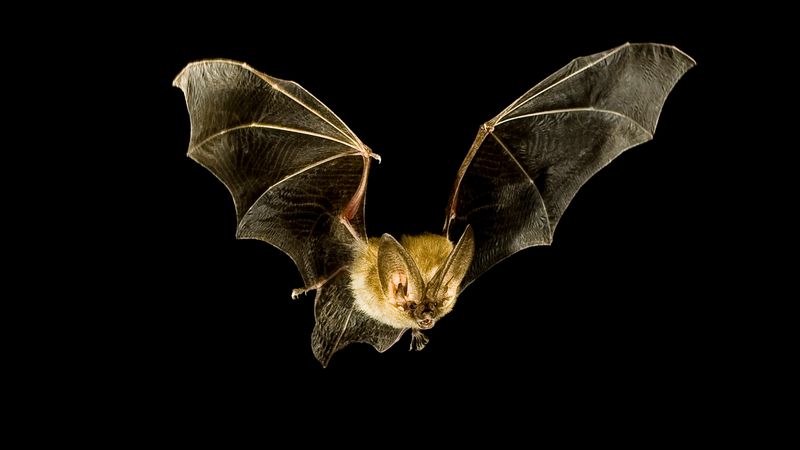
Bats, often misunderstood, play a crucial role in controlling insect populations. While not all are protected, handling them is discouraged due to disease risks and legal restrictions in many areas. Disturbing bats can disrupt their roosting sites and harm their populations. Observing them in their nocturnal flights contributes to their conservation and our understanding of these fascinating creatures.
Gray Wolves
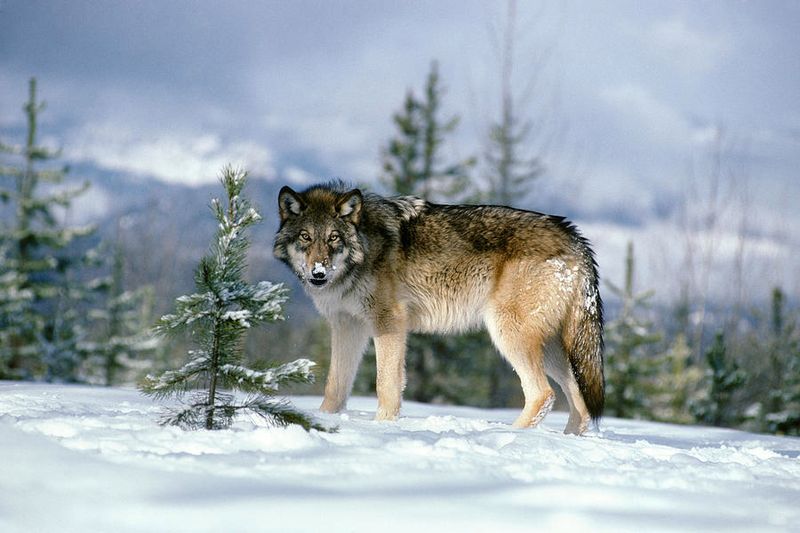
Gray wolves are known for their intelligence and complex social structures. They are protected under the Endangered Species Act in many states, making it illegal to hunt, harm, or touch them without permits. These protections are critical for their recovery and the ecosystems they support. By respecting their habitats and behaviors, we contribute to the preservation of these remarkable predators.
Florida Panthers
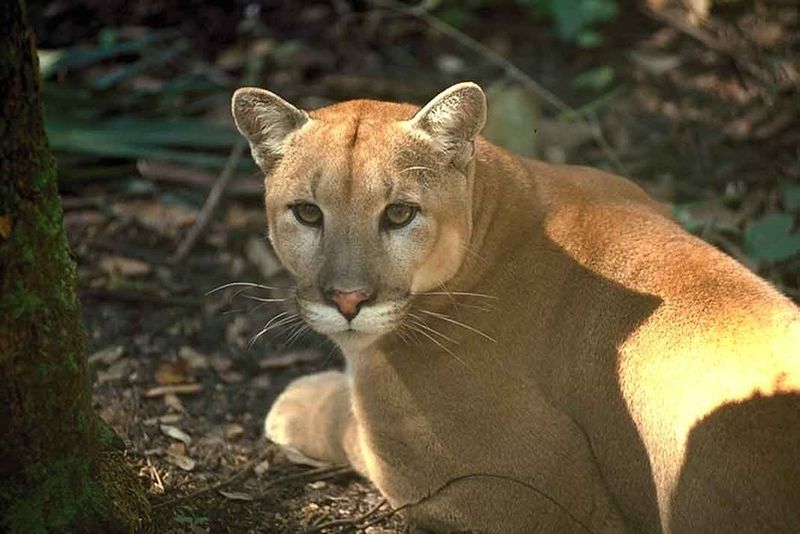
The elusive Florida panther, with its sleek coat and agile movements, is a sight to behold. Endangered under federal law, it’s illegal to touch, harass, or harm this iconic creature. Conservation efforts focus on habitat preservation and reducing human-wildlife conflicts to ensure their survival. By appreciating them from a distance, we support these vital initiatives.
Grizzly Bears
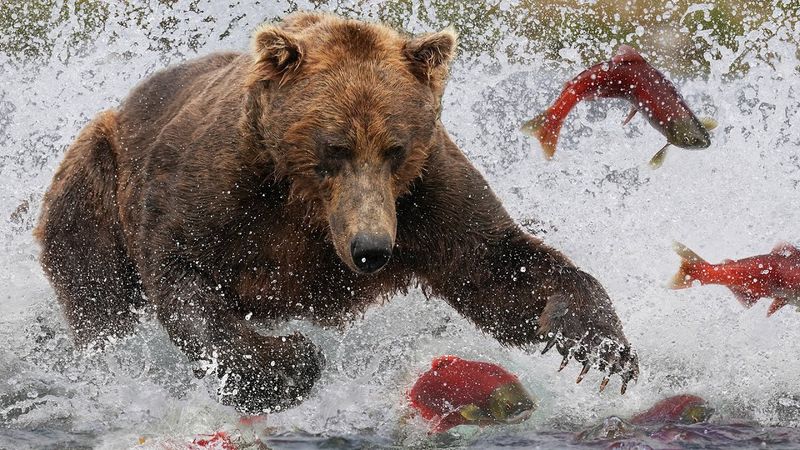
Grizzly bears, with their formidable presence, are a key species in their ecosystems. Listed as threatened under the Endangered Species Act, harassing or harming them is illegal. These protections help maintain the delicate balance of their environments. Observing them in the wild, from a safe distance, reminds us of the majestic power of nature and the importance of conservation efforts.
Cougars
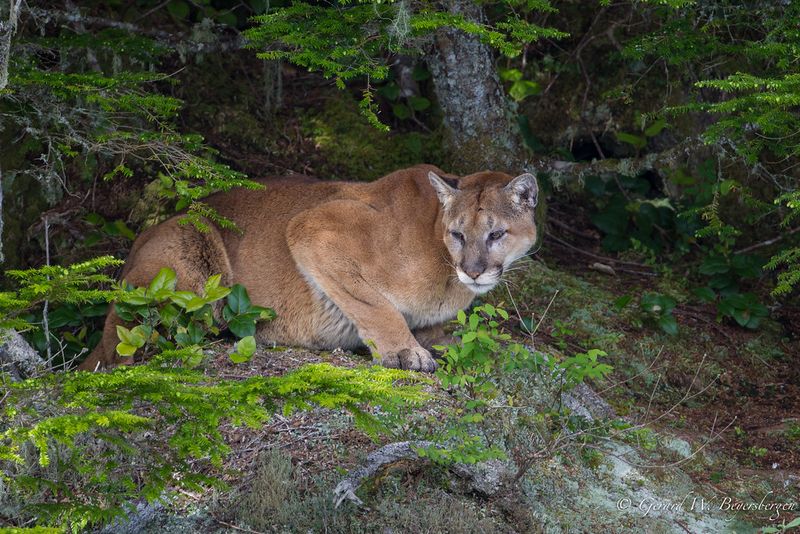
Cougars, also known as mountain lions, are solitary and elusive predators. They are considered protected wildlife in many jurisdictions, making it illegal to possess or touch them without a permit. These protections are crucial for maintaining their populations and the roles they play in their ecosystems. Admiring their strength and stealth from afar supports efforts to preserve their habitats.
Alligator Snapping Turtles
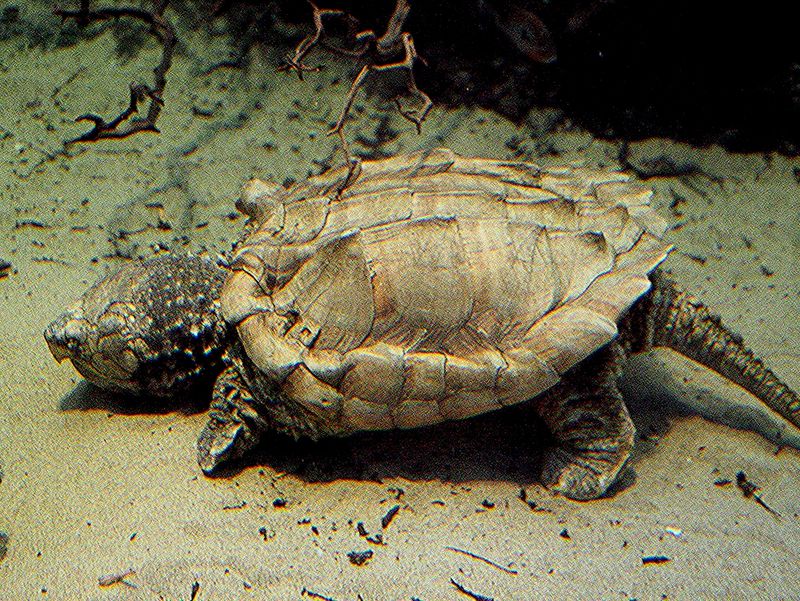
With their prehistoric appearance, alligator snapping turtles are fascinating creatures. State-protected in many regions, it’s illegal to collect or handle them without a permit. Their unique hunting strategies and role in aquatic ecosystems make them an essential part of the biodiversity. By respecting their habitats and legal protections, we help ensure their continued existence.
Endangered Reptiles
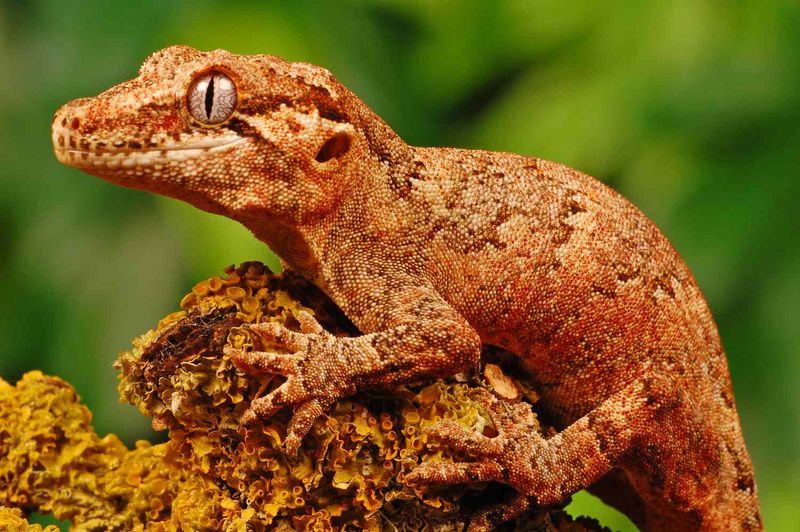
Endangered reptiles, including certain lizards, snakes, and amphibians, are safeguarded under the Endangered Species Act. Touching or collecting them is illegal, as such actions can jeopardize their survival. Conservation efforts focus on habitat restoration and reducing human impact. Observing these rare creatures in their natural environments contributes to their protection and the biodiversity they represent.
Injurious Wildlife
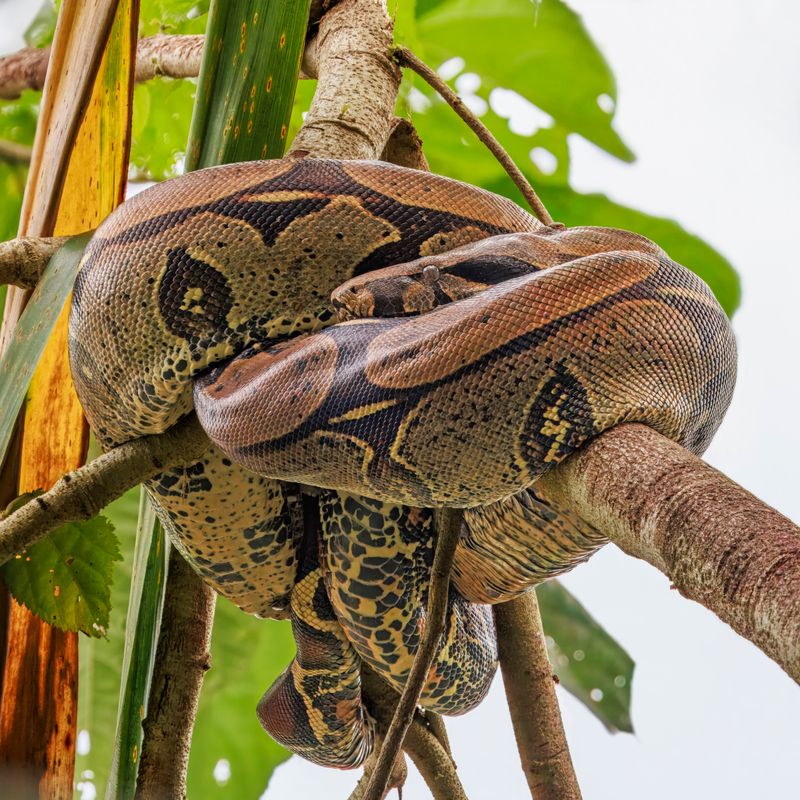
Certain wildlife, such as constrictor snakes and big cats, are classified as injurious and are banned under the Lacey Act. Public petting or interaction is prohibited to prevent ecological harm. These laws are vital in controlling invasive species and protecting native ecosystems. By understanding and respecting these regulations, we contribute to preserving the delicate balance of nature.

